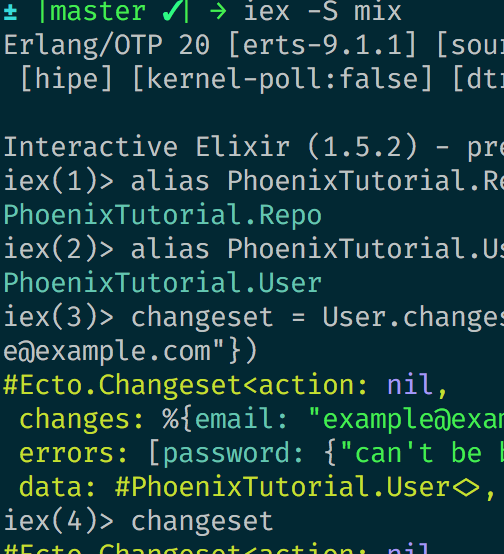Lean Software Development

“But you are planning for failure!”
The planner on my project team was aghast. I had asked for components to cover a 3% predicted waste rate for a multi-year program making assemblies destined for orbit. As the manufacturing engineer for the program I knew from previous experience that 3% was an average, and not unreasonable, estimate of possible loss. This blog post attempts to answer whether her reaction was justified, but in the context of software development. Was she right to criticize my analysis of previous wastage of these components?








